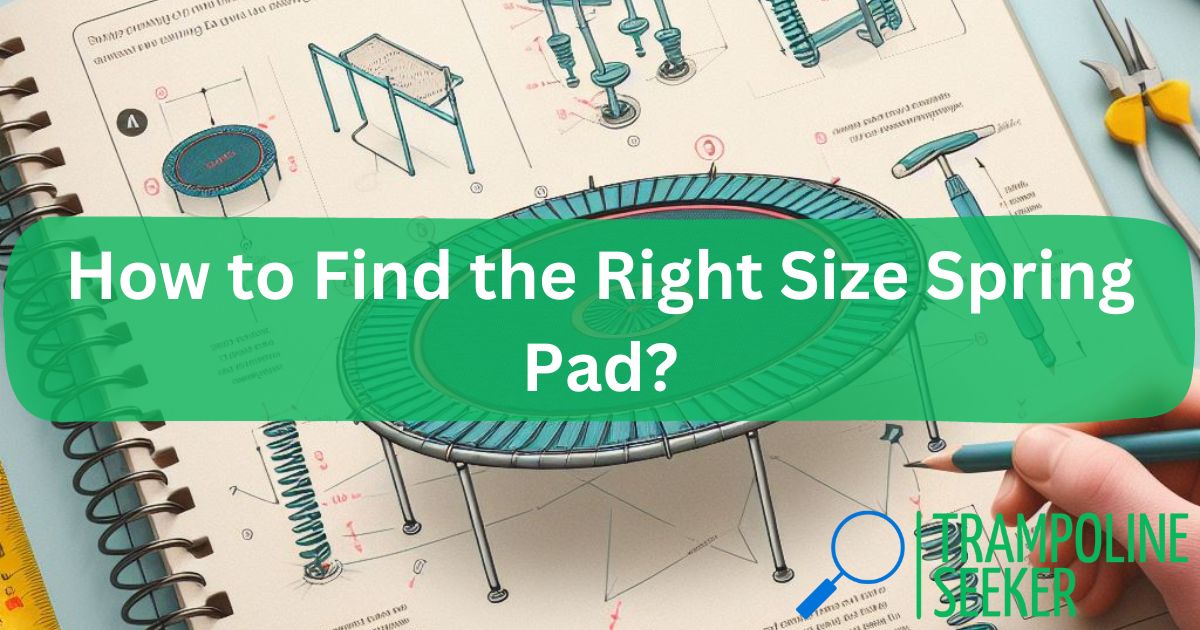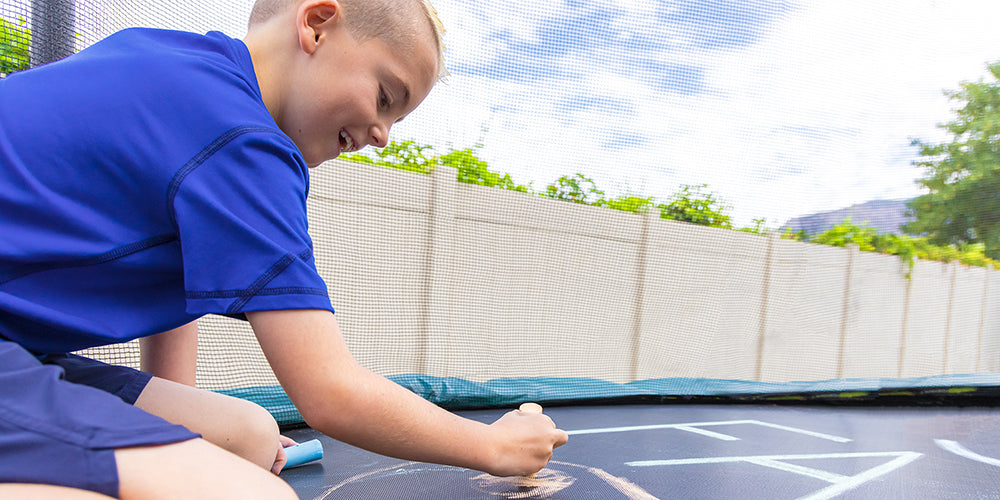Trampolining is supposed to be fun exercise, but kidney pain can turn it into an unpleasant experience. Through my research, I found that pre-existing kidney conditions, rhabdomyolysis, muscle strains, nerve compression, tears, and dehydration could cause this pain.
Proper preparation with warm-ups, good hydration, adequate rest between sessions, and protective gear can help prevent injuries.
Why Do My Kidneys Hurt on a Trampoline? Possible Reasons

Jumping on a trampoline subjects your body to various stresses which could irritate pre-existing minor conditions or even cause new injuries. Here are the most common reasons for post-trampoline kidney pain:
1. Pre-Existing Kidney Conditions
Intense bouncing may aggravate existing issues like kidney stones, infections, or other abnormalities. The sudden pressure forces the kidneys to react, causing noticeable pain. I have had occasional bouts of kidney pain in the past, which may explain why trampolining aggravates it now.
2. Rhabdomyolysis
This rare condition triggered by overexertion causes muscle tissues to break down, releasing proteins that damage kidneys. Symptoms include brown urine, sore muscles, and weakness. Thankfully, I haven’t experienced these severe indicators of rhabdomyolysis yet.
3. Muscle Strains
Twisting motions and intense impacts on trampolines often strain back and abdominal muscles surrounding the kidneys. The sharp, stabbing pain occurs during movement but disappears at rest. For me, bouncing too vigorously has resulted in brief muscle cramps.
4. Nerve Compression
Certain bouncing positions may pinch nerves near kidneys, inducing mild to severe discomfort, numbness or shooting nerve pains. I will consult a physician to examine if nerve involvement is causing my post-trampoline kidney pains.
5. Muscle Tears
Overextending back, side or front muscles can lead to partial or complete tears, necessitating expert intervention. Thus far, my pain seems to resolve with rest rather than persist or worsen.
6. Dehydration
Insufficient fluid intake is another probable cause, considering trampolining leads to heavy sweating. Being out in the hot 43°C sun would have also contributed to my dehydration-related kidney irritation.
How to Protect Your Kidneys when Bouncing on a Trampoline
While passing kidney pain may not seem concerning initially, it can progressively worsen without preventive strategies. Here are some useful tips:
1. Hydrate Well
Drink plenty of water before, during and after trampolining to avoid dehydration which strains the kidneys. For optimal hydration on hot days, I also drink electrolyte fluids regularly.
2. Warm Up
Easy cardiovascular moves raise your heart rate and loosen up muscles before the actual bounding routine. I incorporate light hops, side twists, knee lifts and leg swings in my 5-10 minute warm up session.
3. Use Protective Accessories
Wearing knee pads, wrist guards and a supporting back brace safeguards joints and muscles from excessive impact. Using a protective trampoline mat provides secure footing and padding against falls.
4. Limit Jumping Duration
Start with 10-15 minutes of trampolining and gradually increase duration to prevent overexertion injuries. I am conscious about not pushing my body beyond 30 minutes of continuous high-energy workout.
5. Rest Adequately
Taking a day or two off between trampolining gives my taxed muscles and kidneys sufficient recovery time. I plan two days of light cardio or strength training between intense bounding days.
6. Consult a Doctor
Seeking medical guidance is imperative whether for existing or new-onset kidney troubles aggravated by trampolining. Doctors can diagnose the specific cause and tailor treatment accordingly.
When to Seek Emergency Care
While most post-exercise kidney pain subsides on its own, below red flags signal serious conditions requiring urgent medical care:
- Excruciating pain unaffected by medication
- Blood in urine
- Fever/chills
- Nausea/vomiting
- Difficulty passing urine
Fortunately, I haven’t experienced any of these warning signs yet. Just in case, I now keep the emergency departments’ contact handy whenever I use my backyard trampoline.
Conclusion
Bouncing vigorously on trampolines can undoubtedly stress the kidneys due to various reasons – latent kidney problems, muscle/nerve injuries, tears, severe dehydration or rare conditions like rhabdomyolysis. While kidney pain caused me distress initially, I realized it’s manageable by following suitable precautions.
If kidney pain recurs despite your best efforts, do not hesitate to seek medical assistance. Stay vigilant about red flag symptoms and emergency care if required. Here’s hoping this comprehensive guide helps you understand and handle post-trampoline kidney pain better!
FAQs Related to Kidney Pain on Trampolines
Here are some additional common queries on dealing with kidney pain after trampolining:
Is it normal for kidneys to hurt after jumping on a trampoline?
No, feeling kidney pain after trampolining is unusual and requires medical evaluation. It likely indicates an underlying kidney problem or muscular/nerve injury.
Can jumping on a trampoline dislodge kidney stones?
Potentially yes. The upward thrusts and hard landings may dislodge small kidney stones, causing excruciating pain as they pass down the urinary tract. You should consult a urologist if this occurs.
How can I differentiate between back pain and kidney pain after trampolining?
Muscular back pain is often described as sore, stiff or cramping, affecting movement but disappearing at rest. Kidney pain typically comes in persistent waves regardless of motion and may associate other symptoms like painful urination or fever.
Is blood in urine after trampoline exercise normal?
Hematuria or blood in urine warrants prompt medical care to determine the cause, ranging from kidney infections, stones or trauma from rigorous bouncing.
How long does kidney pain last after exercising on a trampoline?
Transient exercise-induced kidney pain generally resolves within a day or two. Seek emergency care if your symptoms rapidly escalate or show no improvement despite rest, hydration and OTC pain-relievers.
Articles You May Like to Read:













